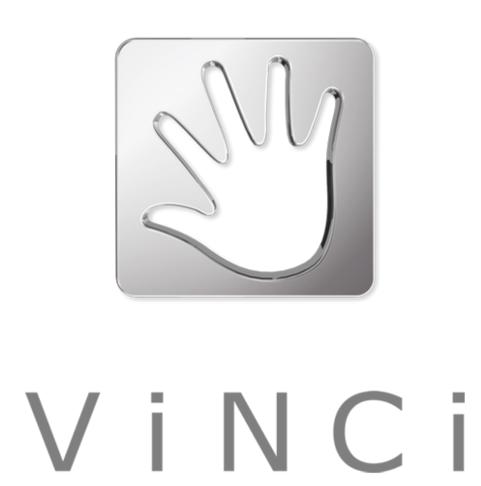
Leticia Barr, an education technologist and founder of the ‘Tech Savvy Mama’ blog, posted an article to the VINCI Early Learning Community in which she discussed how to evaluate educational apps for children of different age groups. She points out three different categories that can be used by parents to help them select the perfect learning tools for their children.
Barr explores how technology has grown by leaps and bounds within the education sector. She states that technology is a great tool because, “Carefully constructed learning experiences that match developmentally appropriate learning tasks with goals provide a way for children to practice skills that they haven’t yet mastered.” These learning experiences can come in many forms including interactive whiteboards, educational video games or mobile apps. Websites can allow children to experience new destinations with videos and images without having to leave the house and other interactive media can help subjects become more interesting for young learners.
Barr claims that video games are also a new learning tool technology has introduced to parents. She quotes the Entertainment Software Ratings Board (ESRB) statistic that 67% of households in the United States play video games and claims that many of today’s games are “interactive, educational, and exercise the mind and body.” However, she says that an important step to take before using video games as an educational tool is to properly evaluate the game. A good way to do this is to check out the ESRB rating, read reviews online and use information from organizations that deal in matching educational and age groups with available video games.
Barr goes on to explain the three categories VINCI uses to group apps:
Level 1: The Curious
This is meant for toddlers that are “learning to talk, develop a sense of self, explore objects, and discover the world around them by categorizing objects according to common features or similarities and differences.” Applications in this category rely heavily on touch and help toddlers develop hand-eye coordination.
Level 2: The Confident
Apps for preschoolers fall into this category because they help children develop observation skills by “walking, thinking, and doing.” Barr explains that at this stage children are “learning more complex sentences that include directional words and adjectives, self regulation among a peer group, always asking why, learning qualitative math, and apply similarities and differences in order to construct their own view of the world.” Children that are at this level can be given apps that introduce new languages and math.
Level 3: The Capable
Children aged 3 ½ to 6 years can pursue more academic venues and use, “Apps that allow them to become familiar with letters, letter sounds, and story sequencing so they can tell their own stories, establishing a personal sense of right vs. wrong, learning ‘how-tos’ through investigation and observation, reinforce concepts of addition and subtraction, incorporate everyday science, and introduce topics such as history, culture, and geography.”
Source: Vinci